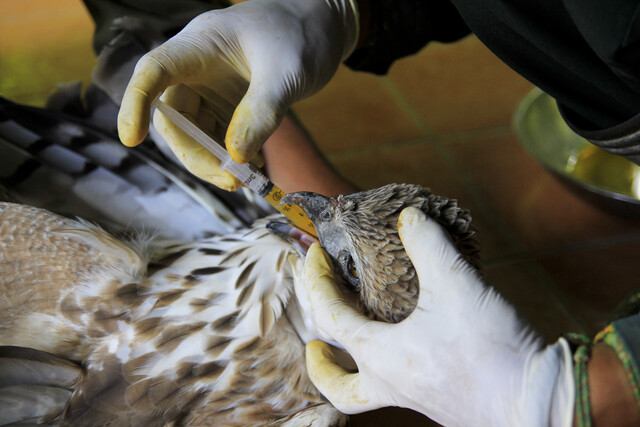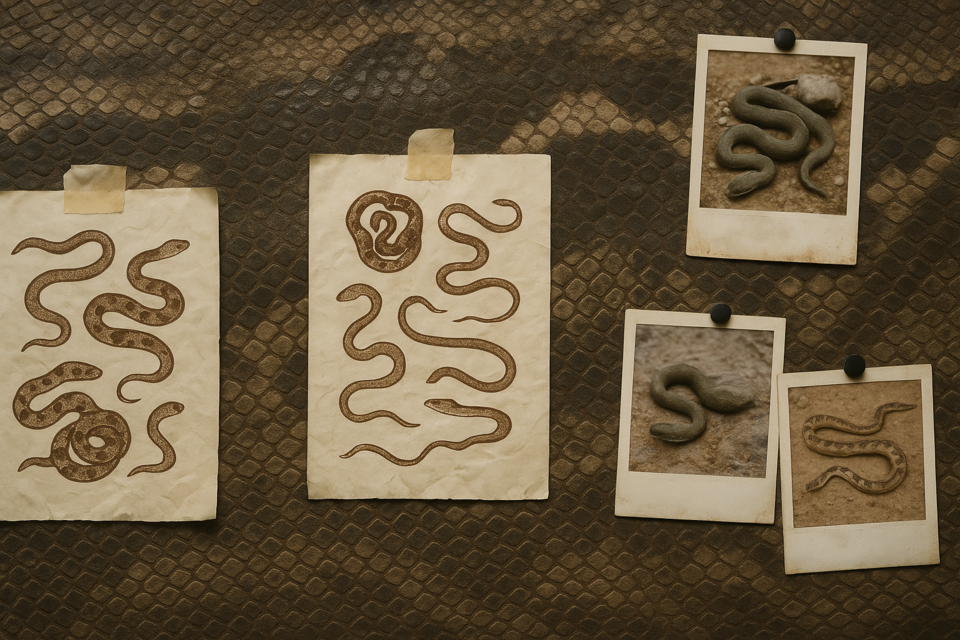Snakes of the Western Hemisphere
Unlock the Secrets of Serpents: Discover the Wonders of Western Hemisphere Snakes!

4 Hours average completion time
0.4 CEUs
12 Lessons
24 Exams & Assignments
9 Discussions
12 Videos
24 Reference Files
121 Articles
Mobile Friendly
Last Updated December 2025
Get ready to dive into a world that's as thrilling as it is enlightening. Whether you're captivated by the sleek, silent movement of a python or mesmerized by the ancient lore surrounding the cobra, this course on Snakes of the Western Hemisphere offers a truly unique journey into the mysteries, biology, and cultural significance of these fascinating reptiles. Imagine unlocking the secrets of creatures that have roamed the Earth for millions of years, from the rainforests of South America to the sun-baked deserts of the American Southwest. This course doesn't just scratch the surface--it immerses you in the heart of snake evolution, behavior, and their vital role in ecosystems.
Picture yourself gaining the knowledge to confidently identify some of the world's most impressive and elusive species. Want to know what makes the rattlesnake's venom so deadly? Or how the boa constrictor silently ambushes its prey? You'll come away from this course with a deep understanding of these serpents, from their remarkable biological adaptations to their role in keeping ecosystems balanced. This isn't just a learning experience; it's a journey that equips you with the insight to appreciate the power, elegance, and sometimes misunderstood beauty of snakes.
But this course is more than just biology. You'll explore the myths and stories that have shaped human history--how snakes have been revered, feared, and symbolized in cultures for centuries. From the serpents of ancient Egyptian lore, believed to guard treasures and secrets, to the cobras that have become iconic in Indian traditions, you'll be fascinated by how these creatures have influenced art, religion, and folklore. Imagine unraveling these stories and gaining a new respect for snakes, not as villains, but as complex and essential beings within the tapestry of life on Earth.
Knowledge That Empowers: If you've ever been curious about what to do in the event of a snake encounter, this course will arm you with practical, life-saving tips. Learn how to prevent snake bites, what to do in case of an attack, and the most effective treatments available today. You'll feel empowered, knowing exactly how to navigate environments where snakes are present--whether you're out hiking, camping, or even considering a pet snake.
By the end of this course, you won't just learn about snakes--you'll understand them. You'll be able to distinguish between the world's most venomous species, decode their behaviors, and appreciate their contributions to biodiversity. The lessons you take away will be rooted in both science and experience, helping you grasp how snakes communicate, defend themselves, and thrive in some of the world's most hostile environments.
Why take this course? Whether you're a nature enthusiast, a future snake owner, or simply curious about the natural world, this course will give you unparalleled insight. Imagine impressing your friends with newfound knowledge about the snake that crossed your path on a hike, or confidently explaining the differences between venomous and non-venomous species. Perhaps you're a lover of adventure and knowledge--this course will fuel that passion, giving you a deeper connection to the natural world.
Snakes have been feared, misunderstood, and often overlooked, but after taking this course, you'll find yourself filled with admiration and respect for these remarkable creatures. You'll see the beauty in their movements, the sophistication in their hunting strategies, and the importance of their role in maintaining nature's balance. If you're ready for an unforgettable learning experience that opens your eyes to one of nature's most intriguing animals, this course is for you.
Don't miss out on this opportunity to explore the awe-inspiring world of snakes. You're about to embark on a journey that's equal parts thrilling and educational. Dive in now, and get ready to see snakes in a whole new light!
- Navigating snake habitats responsibly
- Managing human-snake interactions safely
- Identifying venomous snake species
- Understanding snake behavioral ecology
- Practical snakebite first aid knowledge
- Appreciating ecological role of snakes
- Interpreting myths and snake symbolism
- Analyzing snake anatomical adaptations
- Cultural interpretation of snakes
- Identifying Western Hemisphere snake species
- Promoting snake conservation awareness
-

Dog Grooming 101
-

All About Herbs
-

Butterflies
-

Landscaping 101
-

Dog Training All-In-One Course Bundle
-

How to Care for House Pets
-

Spiders and Other Insects in North America
-

Cat Care and Training 101
-

Wildlife Rehabilitation: An Introduction
-

Lush Horizons: Tropical Gardening for Beginners
-

Marine Biology 101
-

Dog Psychology 101
-

Lifelines of the Ocean: A Guide to Marine Wildlife Rescue
-

Introduction to Gardening
-

Dog & Cat First Aid, Care & Maintenance
